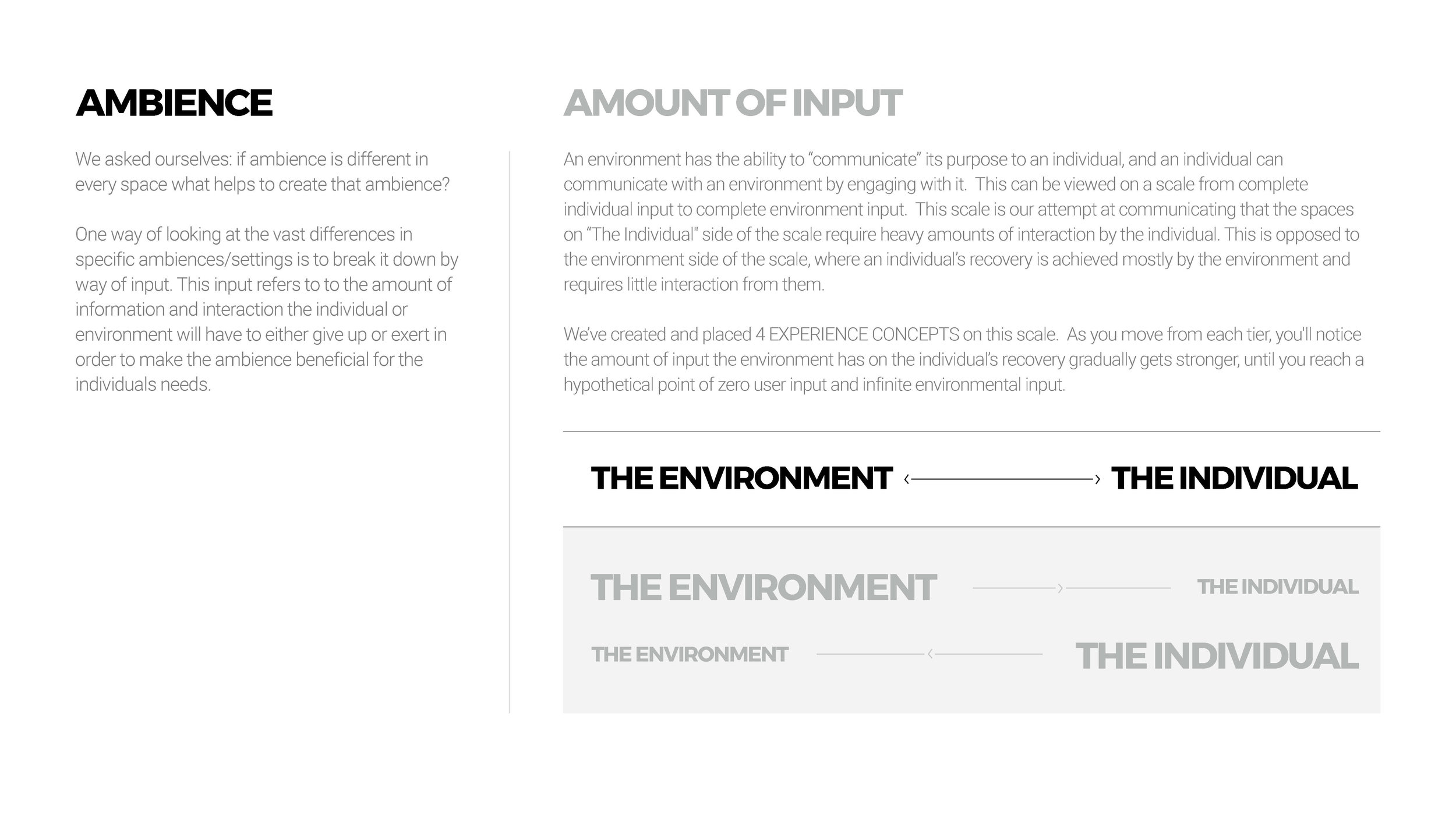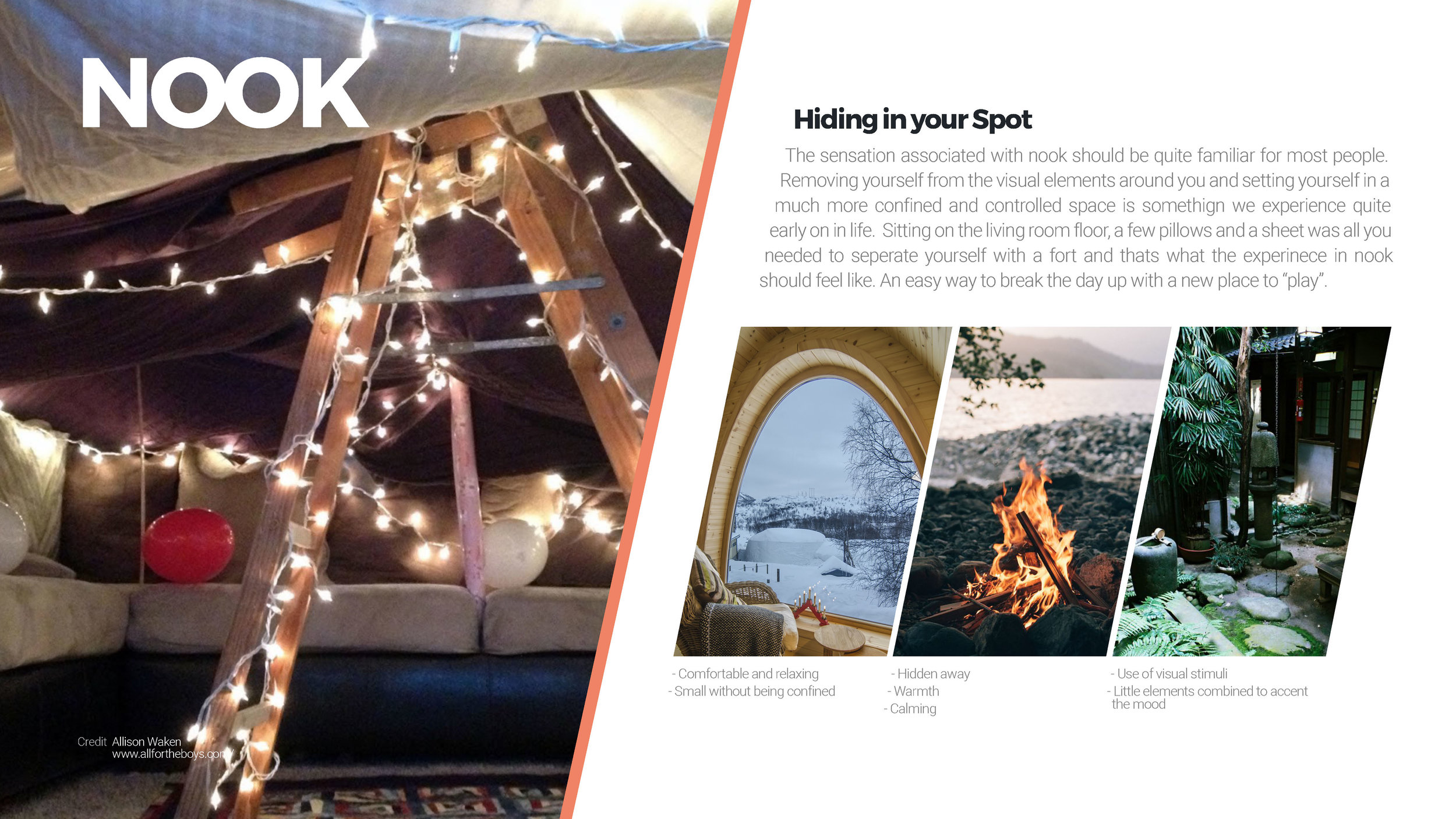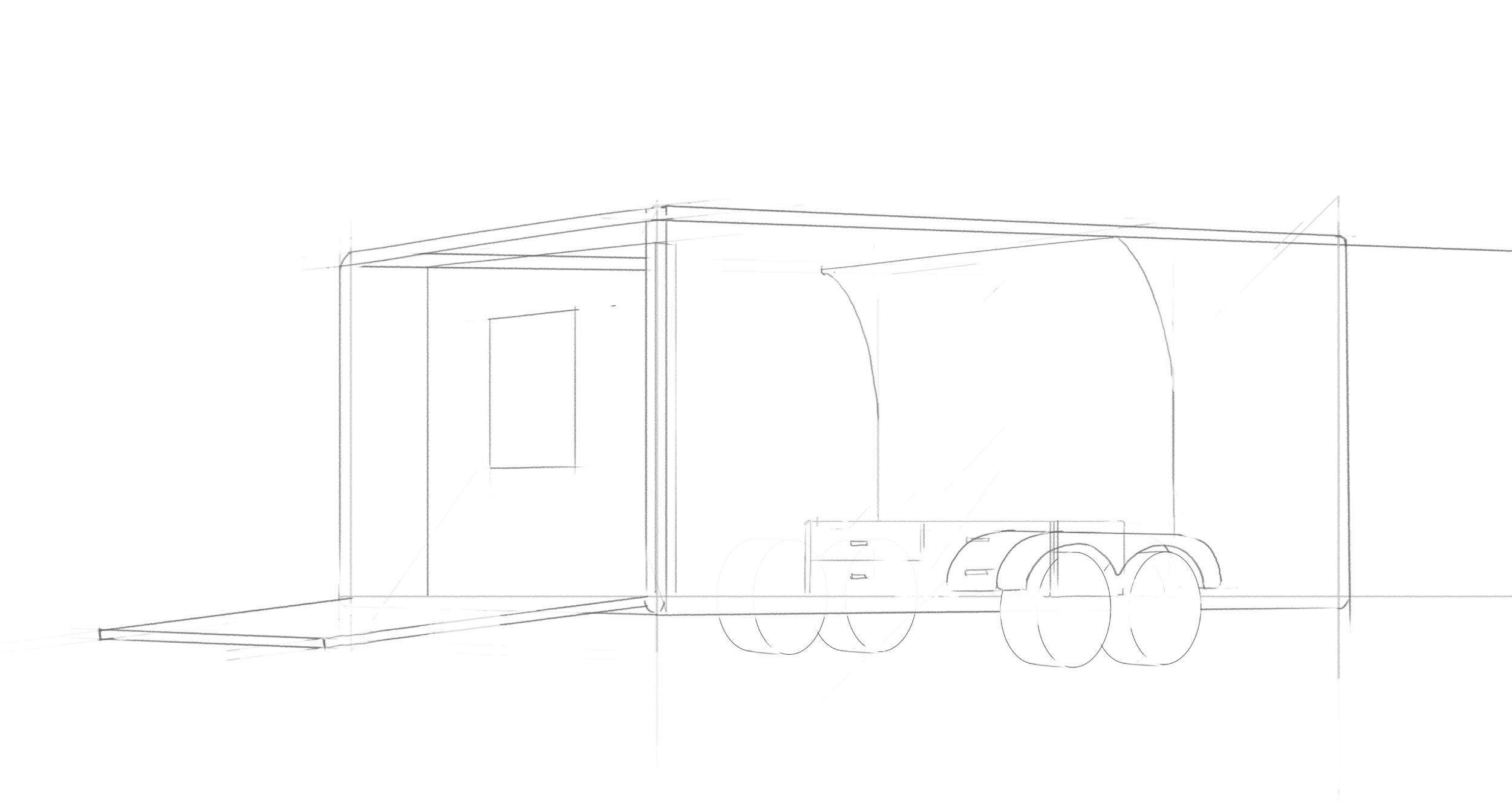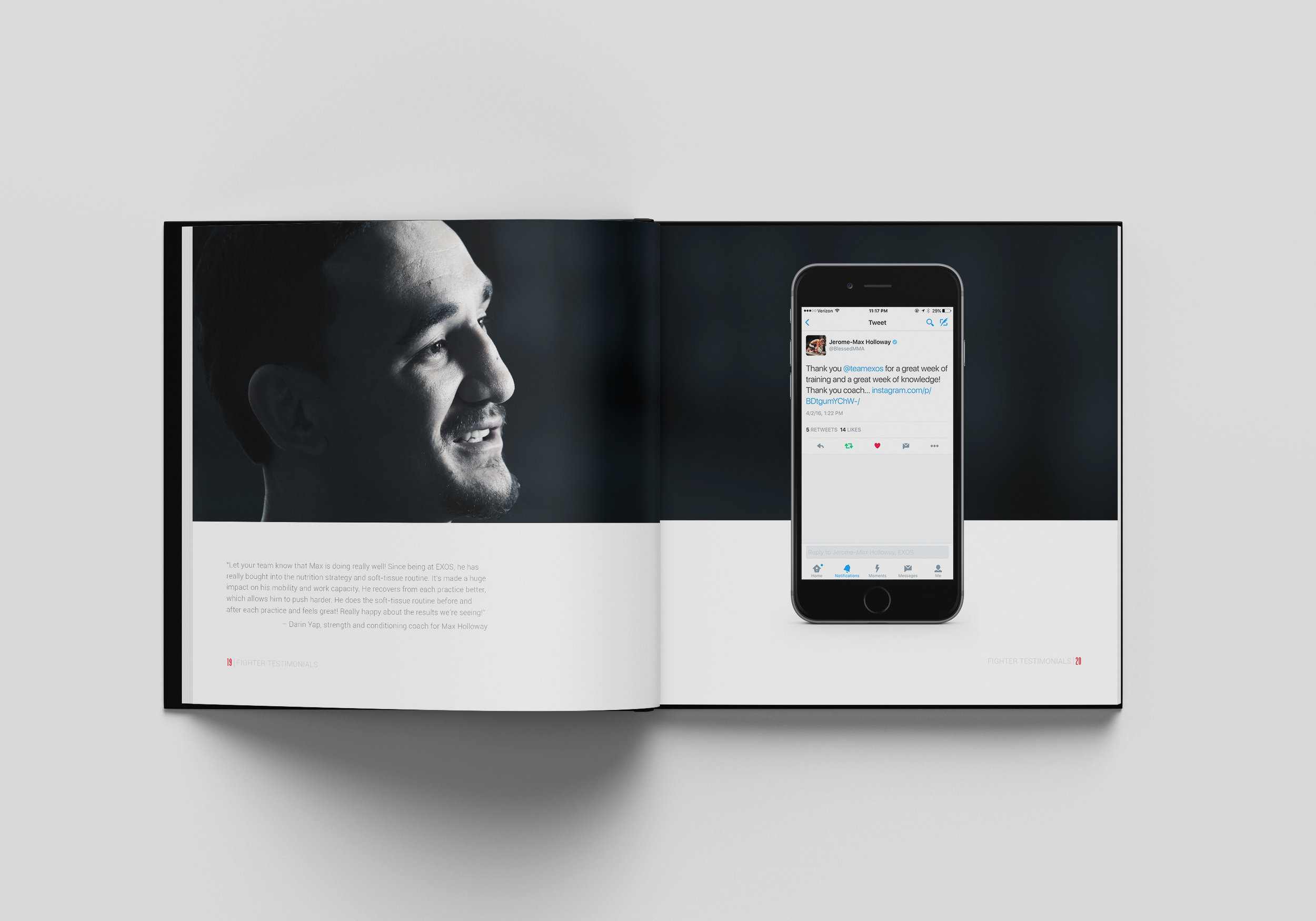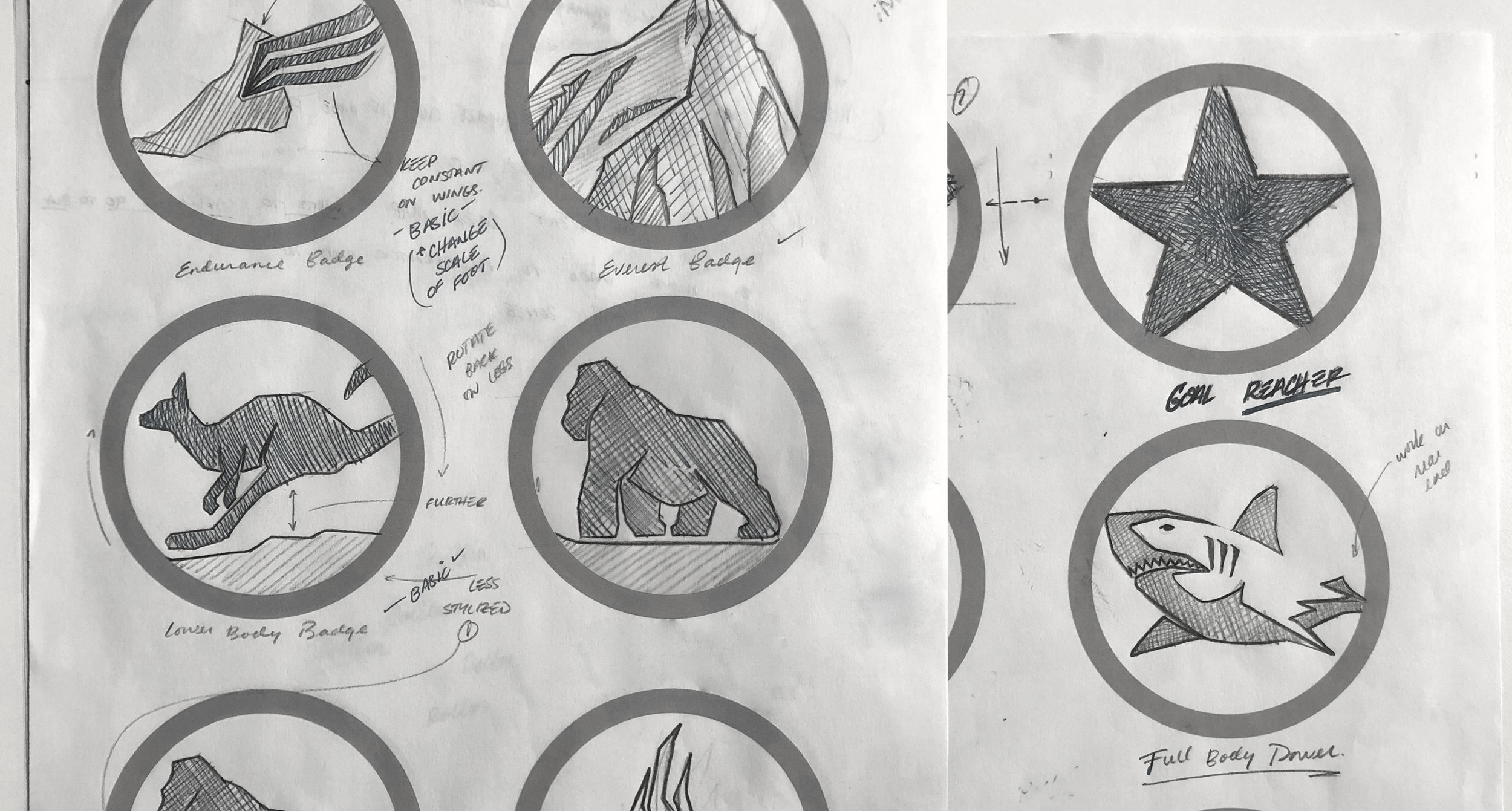EXOS
ROLE | DESIGNER
Jan 2016 - Mar 2019
1. Space Design
Unnamed | EXOS
Designers Oliver Navratil, Michael Gwynn
Our client had a space issue. They had previously designed massage rooms to help with their workforces recovery time and high stress levels. Although a great tool for workday recovery, it left the rooms unused for many hours of the day due to the nature of the 1:1, in-person experience.
Our task: Design a room and experience that achieves the recovery needs for the user while testing specifically for ambiances effects on the mental and physical recovery. The greater team set a budget goal and a timeline and we went to work.
Step 1: As Oliver set out to work through the demographics and existing insights, building personas and timelines, it was my task to chart his work for communication back to the client.
Step 2: Ideating & Concepting - An automated experience was important for frequency and volume of users. Taking the lead on brainstorming, we worked through all the locations and activities recovery takes place in. Ultimately, the common thread showed through, sensations and the perception a person has of a space. We began to think of how to reverse engineer those sensations in a dark, confined, and static corporate space.
A space is always being perceived by its user, the overall feeling as well as the details. Meaning a user with zero input can be negatively or positively affected just by being present in a space. This unseen force by the room is what we were looking for. A slide scale was created to visualize the concept of user vs room inputs.
Labeling four markers to design towards, the lowest being a room where the user has all the input and the room simply appeases their visual enticement. Up to the highest, where the room controls and guides the user back to recovery. These were labeled, Nook, Cave, Ocean, and Space, as they correlated to the sensation of being dropped into one of those places. We knew with our budget and available space we could create an effective “Cave” sensation. This meaning the space would have some input itself but still leave a lot of input up to the user.
From there we designed the experience around another piece of insight from the client. Their workforce liked to be outside and felt more relaxed in natural settings.
Concept: Create a comfortable, cave-level space, with infinite outdoor simulations. These are to be perceived by some of the users’ senses, and be suggestive yet limited in its visual definition.
Step 3: Building & Contextualizing - With the concept finalized and approved by the client we headed out there to build. With only a few days access to the space and a tight deadline to get into the testing phase, buildout proved challenging. We then got the space ready creating all the digital assets for the experience as we as the print and digital communications for pilot users to navigate the experience.
Step 4: Testing - The space sat functional and autonomous for a number of weeks before testing stopped. While numbers and reviews cannot be stated due to the nature of the project, the most important take away for me was that almost two months later my teammate, Oliver, received an email from a woman who had been continuing to use our space, multiple times a week, and wanted something to be fixed.
Unnamed | EXOS
Designers: Oliver Navratil, Michael Gwynn, Kellen Merril
Our second space evolved from the first, this time being required to utilize mobility in hopes of reaching people in more congested areas or on-call to remote events.
Our task: Design a mobile recovery space with specific programming in mind, build it and test it.
Step 1: Canvas - With little time we opted quickly for a prebuilt space, a car hauler. Taking inspirations from tiny home building and van-excursion aficionados.
Step 2: Design the experience - This time the programming requirements for the experience were given to us by subject matter experts. Our job became to convey set programming to the user through a similar experience as the first. Taking into account the trailers footprint and the projects user goals, we worked to design the confined space into an effective recovery experience.
Step 3: Build it - Oliver and I, went out to transport and build the space along side a three-person team who had prior experience in van build outs and set design. Together we built the box from nothing to a working recovery space in 5 days.
Step 4: Content creation - Kellen (copy & content) and I worked to bring his content into the space through visual assets. This included web assets for launch, site graphics for wayfinding and branding. They were then printed and installed in the space before going live.
Step 4: Test it - We stayed to monitor the experience for a week, talking with users and documenting the feedback in hopes of furthering the experience through iteration.
2. Physicality & prototyping
EXOS | ADIDAS
Graphic Design: Carley Collins, Modeling: Michael Gwynn
The team was tasked with identifying and communicating the relationship between EXOS and one of its major partners, Adidas. Highlighting how the two companies work together and the history with one another through case studies and visuals. We had no access to the space, as it sat in Germany.
We could only get a few images, given to us by the project managers in Germany, so my job was to figure out how this structure was built and the dimension from a few flat images. After figuring the scale of the object, I needed to build us a virtual model where we could see the story in its physical context.
3. Motion concepting & design
EXOS
Design: Michael Gwynn, Motion: John Brennan
A five-second intro to a short web series where an EXOS performance specialist breaks down a highlight play from the prior week’s NFL games and shows how to train for it off the field.
EXOS
Design: Michael Gwynn, Motion: John Brennan
45-second video highlighting new integration of wearable tech into performance based assessments.
4. Print
UFC | EXOS
Designer: Michael Gwynn
Conveying a story to the reader is always important so when designing print communications we really try to get the flow of information to be as human as possible, making logical steps along the way while visually enticing them to keep absorbing. This proposal was a perfect example of communicating context, working through the final print pieces and packaging to ensure the intended feeling was achieved.
EXOS
Direction: Angie Thompson, Design: Michael Gwynn
Direct mailer targeted at decision makers and stakeholders at prospective clients, which was used to tell a story of EXOS’ positive outcomes working in the corporate health realm. Designed to communicate dense information and stats into an engaging experience and a digestible read.
5. Graphics
EXOS BASEBALL
Direction: Sid Rhea, Design: Michael Gwynn
Tee graphics for 2017 pro baseball training.
6. Illustrations & icons
Design: Michael Gwynn
Shoe illustrations to be used for background patterning on campaign posters, highlighting different walks of life.
Design: Michael Gwynn
Adult training badge which were used as 2 inch stickers for members who achieve goals during training.
SKILLS, RESPONSIBILITIES & OPPORTUNITIES
+ Print Design
Books, Brochures, Posters & Education course materials.
+Digital Graphics
Presentations, Social graphics, motion concepts, infographics
+ Web design
Layouts, Mocks and Graphics
+ Marketing Campaigns
Concepting communications and collateral production.
+ Space design
Mocks, Digital and physical prototyping, Graphics, Interior and UX
+ Branding
Campaigns and sub-brand marks


